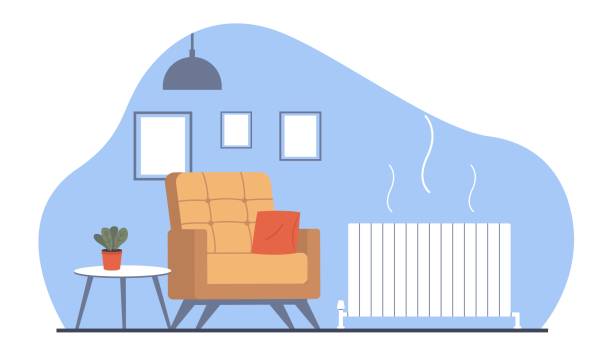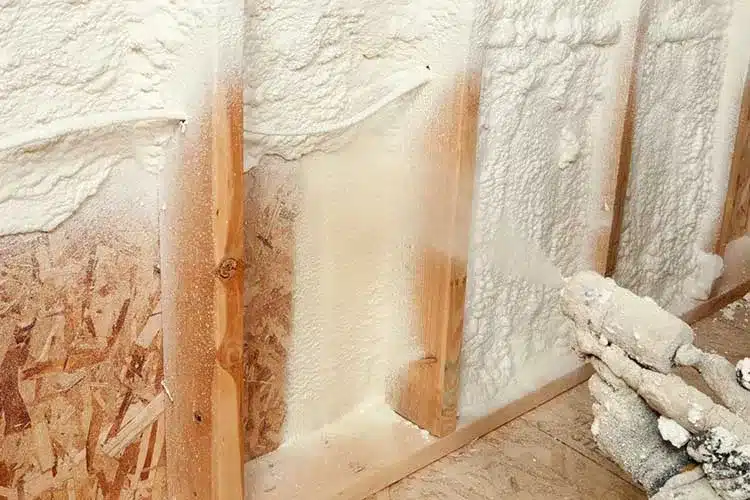What Type Of Central Heating Upgrades Are Typically Covered By Grants?
Do you need a central heating system for your home? A grant for getting central heating for the first time could be the answer to your prayers. This grant is for homes that have never had central heating before, and the homeowner or tenant must meet certain requirements to be eligible. In the UK, if you own your own home and don’t have a central heating system, you might be able to get one installed for free under the ECO4 scheme. The program’s goal is to help low-income families or people who are in fuel poverty make their homes more energy-efficient by paying for energy-saving upgrades like installing central heating for the first time.
To start the ECO4 scheme application process for a first-time central heating installation, just get in touch with us and give us some general information about your home. At every step of the way, our team of experts will help you with your application and give you advice. We’ll help you find out which central heating system is best for your home.
So, if you’re looking to improve your home’s energy efficiency and save money on your energy bills, consider applying for first-time central heating installation funding under the ECO4 scheme. Moreover, we’ll delve into the main types of central heating upgrades typically covered by grants.
What Types Of Central Heating Grants Are Available?
There are three main types of first-time central heating grants available under the Government’s Energy Company Obligation (ECO) grant scheme:
- Boiler Upgrades
- Insulation
- Air Source Heat Pumps
Boiler Upgrades
Many people pay the most attention to the boiler first because it is the most important part of a central heating system. Bad boilers can ruin even the best central heating systems if they are not fixed, while a good boiler can make a bad system much better.
Always keep in mind that boilers are designed to do the same thing, so when you compare them, you should look at their raw numbers, such as how well they work and how much water they can heat at once. These results can be changed, though, because some patterns are very different from each other and can’t be appropriately compared.
To keep things simple, there are three main types of central heating systems. Different places or ways of connecting them to the rest of the house can make some of these work better than others.
There is no such thing as a one-size-fits-all heating system because each one has to be customised to fit the building it is installed in. Other ones might need more work to set up in smaller rooms, while some will work better in buildings that are smaller than a certain size.
Insulation
To ensure your home is as energy-efficient as possible and to save money on your energy bills, you should definitely consider getting new insulation that meets the latest building codes. Even though energy prices have gone down, bills are still 56% higher than they were before the energy crisis. Improving energy efficiency through insulation is one of the best ways to lower your monthly bills.
Insulation in buildings acts as a wall to stop heat from moving into or out of living spaces. By blocking heat flow, insulation keeps your home cooler in the summer and warmer in the winter. This means you don’t have to use as much fake heating and cooling. Well-sealed buildings use less energy, which saves money and is better for the environment.
Heat naturally moves from places with higher temperatures to places with lower temperatures until the temperature in both places is the same. Insulation slows down this flow of heat. In the summer, even when it’s very hot outside, a covered esky will keep drinks cold.
Air Source Heat Pumps
A heat pump that pulls heat from the outside air to heat your home or business is called an air source heat pump (ASHP). ASHPs are low-carbon and use little energy. They don’t need to use dirty fuels to work and can be used all year. They are better for the environment than regular boilers and can save you a lot of money.
Air-source heat pumps work by absorbing heat from the air outside your home and using it to heat your home and make hot water. Ventilation fans move the heat from the outside air to your home’s heating system.
Summary
Overall, the government’s ECO4 scheme covers different types of central heating systems. Some are perfect for other roles or locations so no ideal option would suit every landlord or homeowner. There is also no way to predict how new designs will improve over time so that electric options could become more powerful in the future.
However, your choice should always consider what makes the most sense to you. A larger property might work best with a single gas boiler instead of two electric options (unless you want an eco-friendly boiler system). At the same time, a smaller home with one bathroom only sometimes needs a complete system boiler.
Remember that boilers – and central heating systems as a whole – are designed to provide heating first and foremost. If your system can’t do that, then there is not much of a reason to keep it since it fails at the main task that a heating system is meant to achieve.














Post Comment